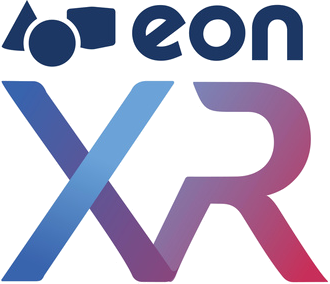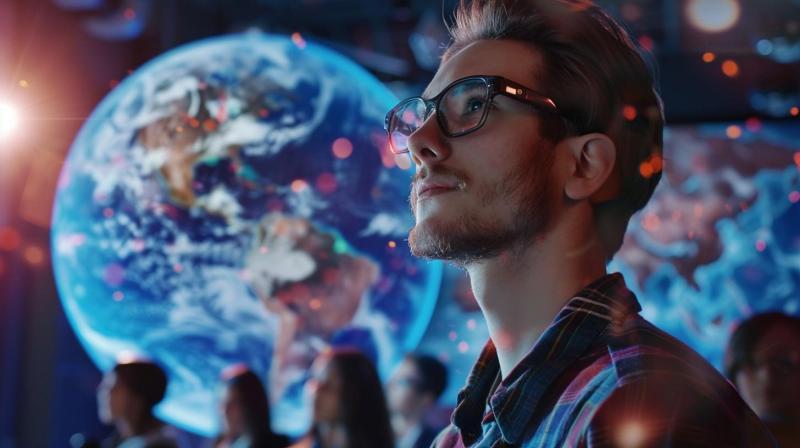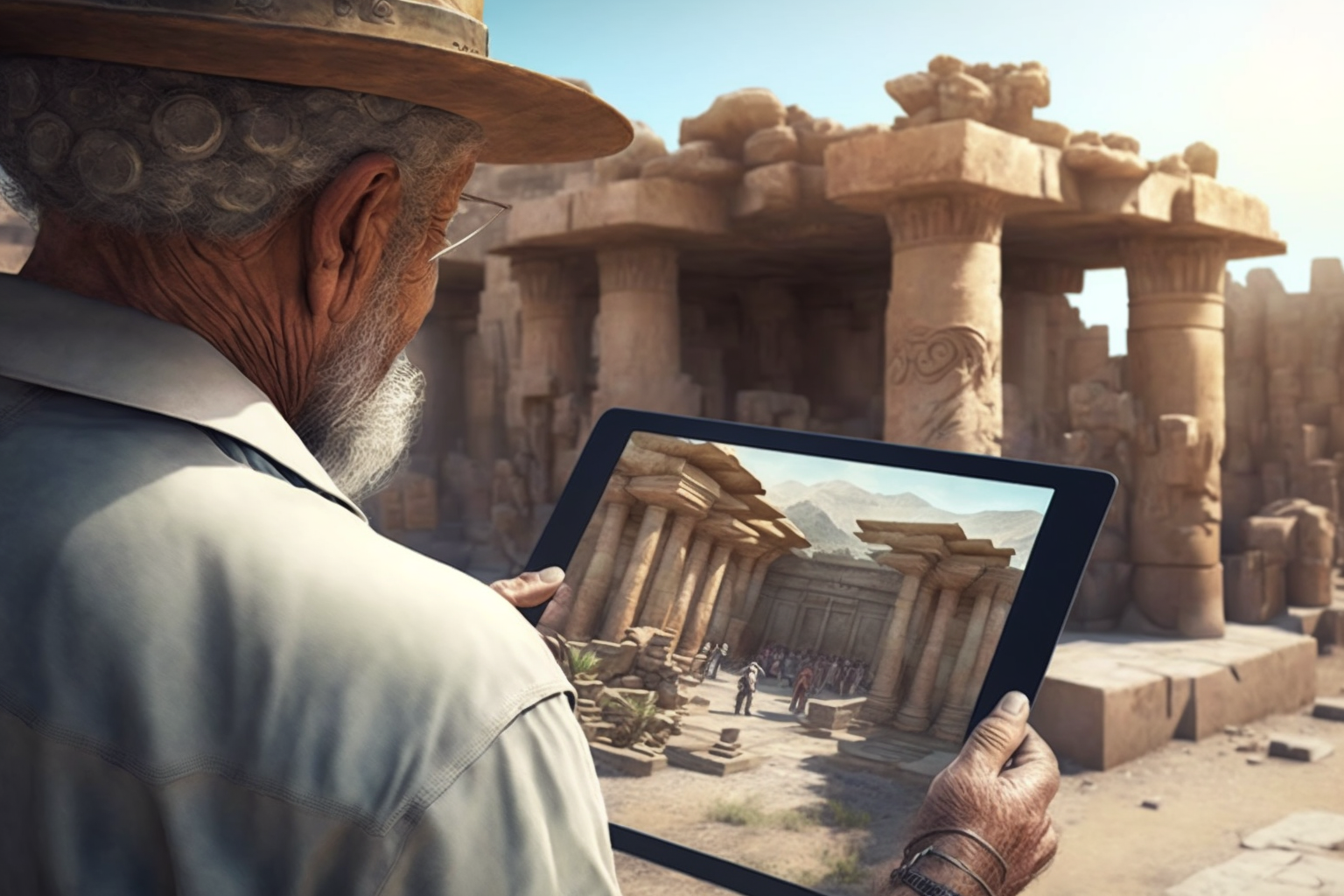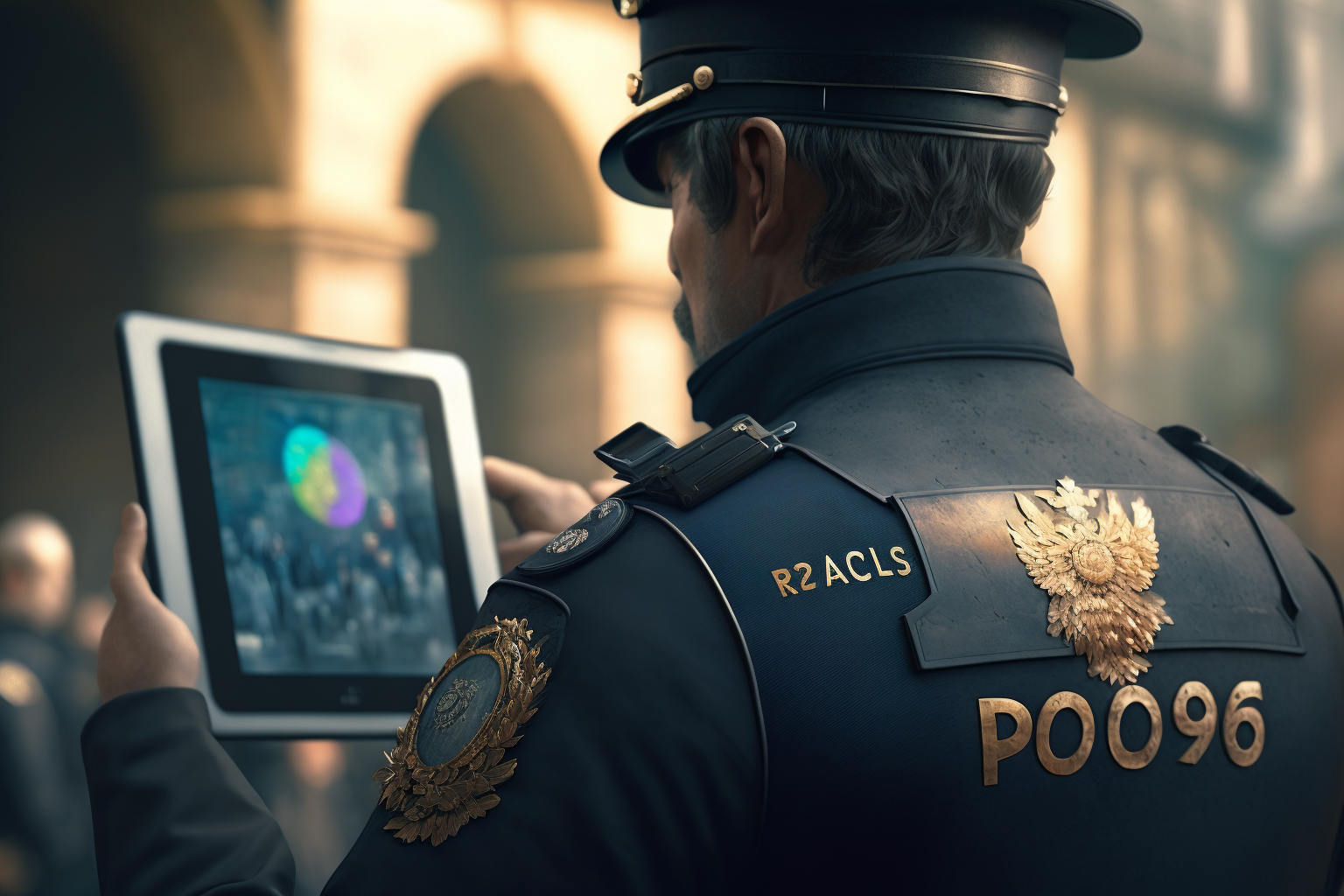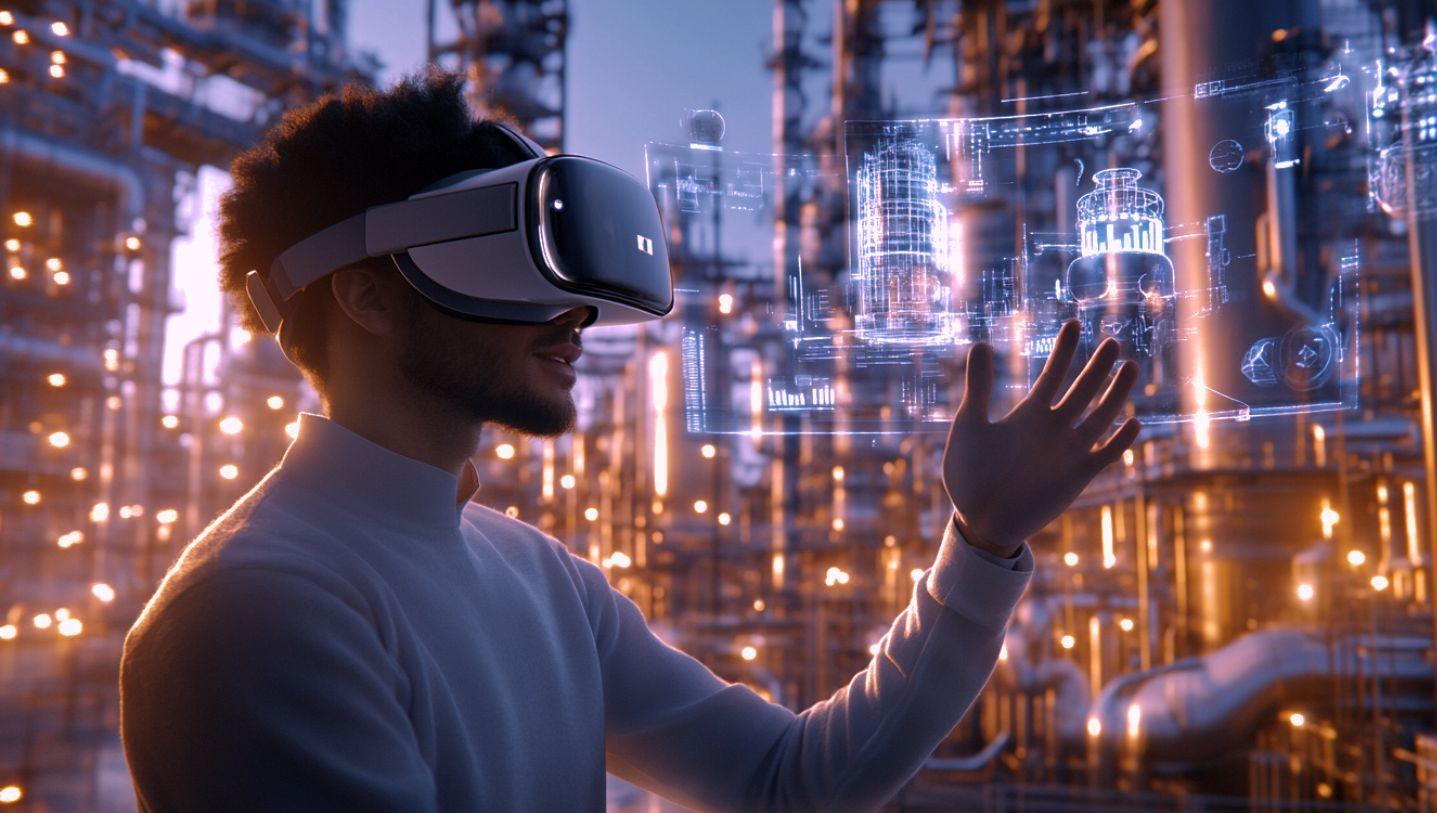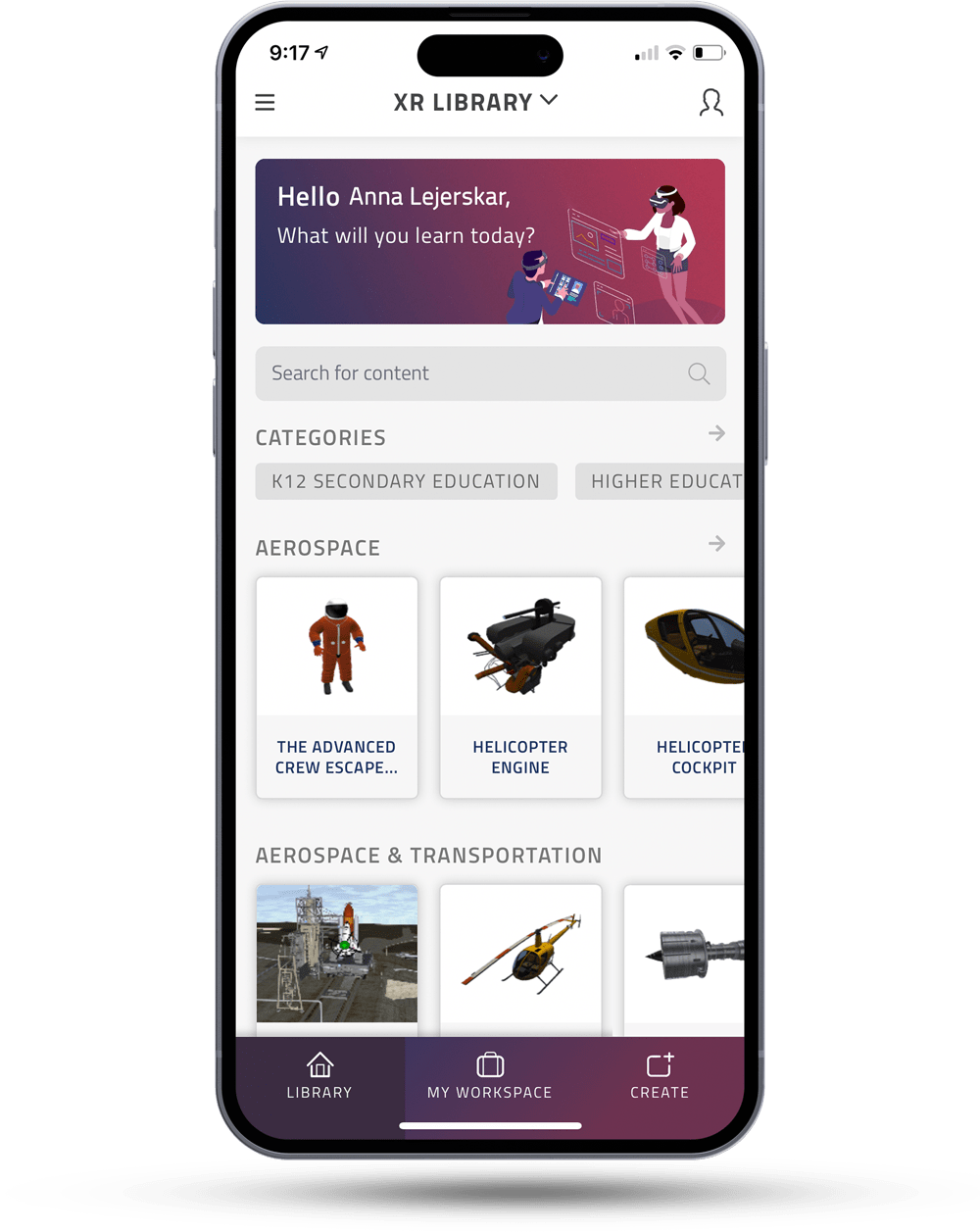Professor Bertil Andersson is the former President of Nanyang Technological University and leading expert in the future of academia. The longtime education professional has studied and taught at top universities all over the world and is currently helping EON Reality bring the Classroom 3.0 movement around the globe.
EON Reality sat down with Professor Andersson for an in-depth look at his beliefs about how Augmented and Virtual Reality (EON-XR) technology will impact classrooms within the next decade.
How do you anticipate the average classroom looking in 5-10 years?
It will be a revolution, not an evolution. I foresee a massive breakthrough in the classroom which will see teachers and professors everywhere creating their own content and curriculum without the need for cumbersome equipment. Just think of how many classrooms around the world can be transformed. We are talking about classrooms in more than 26,000 universities around the world and then countless K-12 classrooms across the world. That’s why I say it will be a revolution and it will not be a matter of if this will happen but when this will happen. The change is imminent and will happen just about overnight. Just think about how we went from one of the basic Nokia handsets to the ubiquitous smartphone that is used by just about everyone. Think about just how long that took, 2-3 years? Probably a little more? But that’s what I mean, change will happen and it will happen fast, and before you know it, we’re diving right into the next quantum leap of an education revolution.
What are the current barriers that need to be removed in order for that vision to happen?
Currently we are seeing a gap that needs to be bridged between mindsets of professors, the pedagogy, and technology. There is tremendous potential for the classroom and the classroom learning experience when these worlds meet, but at the moment this is not yet happening.
How do you think a technology like EON-XR can impact the learning process? What kind of opportunities do you think this technology will unlock for students, and for teachers?
3D learning is both a high-tech process as much as it is a natural learning process. The idea of 3D in learning is not about making it a more complicated process, but a much simpler one. As a chemist, one of the key examples that comes to mind is the study of stereochemistry. When I was a student, having to study stereochemistry in a 2D textbook was in fact an unnatural process, as we needed to visualise the interactions between the molecules and understand the “lock and key” principles.
It makes much more sense to study stereochemistry in 3D because these very processes occur in 3D, though on a scale completely invisible to the naked eye.How can universities better introduce EON-XR education into classrooms? In your experience with NTU, what are the biggest lessons one can take away when bringing about such a major technological transformation?
The transformation is not merely a technological one. One also needs to recognize that the Classroom 1.0 mode of instruction is outdated and requires a rethink. The introduction of team-based learning will turn traditional forms of instruction on its head. In order for learning to be effective compared to the past, the model of passive consumption of lectures should be made just about obsolete. The truly modern classroom should be based on modern interactive pedagogy, which means lessons dominated by discussions, inquiry, and independent thinking.Going back to your days as an undergraduate student in Umeå, did you have any issues with the way lectures and lessons were conducted?
Well, back in the days when I was still at university, it was two hours of lectures and 6 hours in the laboratory — which was essentially 3D learning. I also remember having to build molecular structures out of sticks and styrofoam balls to visualize their structures. I guess you can say that was truly stone age virtual reality!Do you think EON-XR would have helped in any way to learn better? How so?
If I had access to EON-XR technology, I can imagine being able to understand the chemistry interactions a lot more — and it wouldn’t be me alone. Across the STEM disciplines, whether it is physics, physiology, or chemistry, the proteins, the atomic models function entirely in a 3D world. Therefore, and I say it again, I think EON-XR merely serves to reinforce the natural way of learning, which is learning in 3D.Can you imagine any disadvantages or pitfalls to learning through EON-XR technology?
If the focus is merely on high-investment infrastructure, there is a danger of EON-XR becoming too much of an overhyped technological gimmick. That is perhaps my only concern. But otherwise, I don’t see any massive disadvantages from the rollout of VR and AR into classrooms. In fact, I see a wealth of opportunities that start with providing democratic access to the same models of abstraction and knowledge.
Why do I say that? We know for a fact that there is a distinction between top students and weaker students. Top students have greater powers of abstraction and can easily turn textbooks and teacher’s instruction into a conceptualized model in their head. That’s less true for weaker students. However, with the introduction of AR and VR in the classroom, this process of abstraction becomes immediately evident and visible to all. Therefore, weaker students can also gain the same level of clarity and understanding with otherwise difficult to grasp subjects.As we know, not all classrooms across the world are the same in terms of access and infrastructure, what role can EON-XR play to democratize knowledge and ensure equal access by all?
I think that most of the existing infrastructure is already in our hands, and I’m referring to smartphones and tablets which are not prohibitively expensive for most students. I think there is tremendous potential for VR and AR to provide equal access to knowledge, even to the most disadvantaged groups such as refugees or remote communities. VR and AR lessons can be easily placed on a mobile bus for example, which can be driven from location to location. This requires far less resources than building physical schools and infrastructure, but nonetheless can still bring an equal amount of impact.What role do you think EON Education can play to lead the transformation of the future classroom that you spoke of earlier?
I think EON Reality is in a great position to make the future of education happen and
has the vision in place to make this transformation. Universities and schools should also be aware that the digital revolution is well underway and must be careful not to fall victim to their own hubris.As we move towards a future where we are witnessing a shift toward greater automation, how do you think EON-XR can play a role to ease the workforce transition? What impact do you think this will have on industries?
University campuses for learning and education will always exist because of the need for social interactions. However, for those in the workforce, getting to a campus for a lesson is likely to pose many issues of convenience. This is where AR and VR can play an important role in providing a virtual classroom experience without needing to sit in a real classroom. This of course opens up many new and perhaps unanticipated opportunities for companies to create effective training solutions without having to compromise on employee productivity.In the face of such massive technological shifts, what do you think are the core skills and competencies that the next generation workforce must possess? How can EON-XR help this next generation acquire them?
Everything in the future is going to be much more complex and integrated, and knowledge needs to be constantly updated because the anticipated changes are likely to happen much more rapidly than one can foresee. It is hard to predict what one needs in the future. For example, no one predicted the internet even if they predicted autonomous vehicles. So one of the key competencies is adaptability, and if EON-XR could drive deeper experiential learning much more effectively and a nuanced emotive scale, I have no doubt there will be plenty to look forward to.
Any other insights on the future of learning and training that you want to share?
The transformation will happen and AR/VR are not technological gimmicks but the natural way of learning for both the brain and the eyes.



